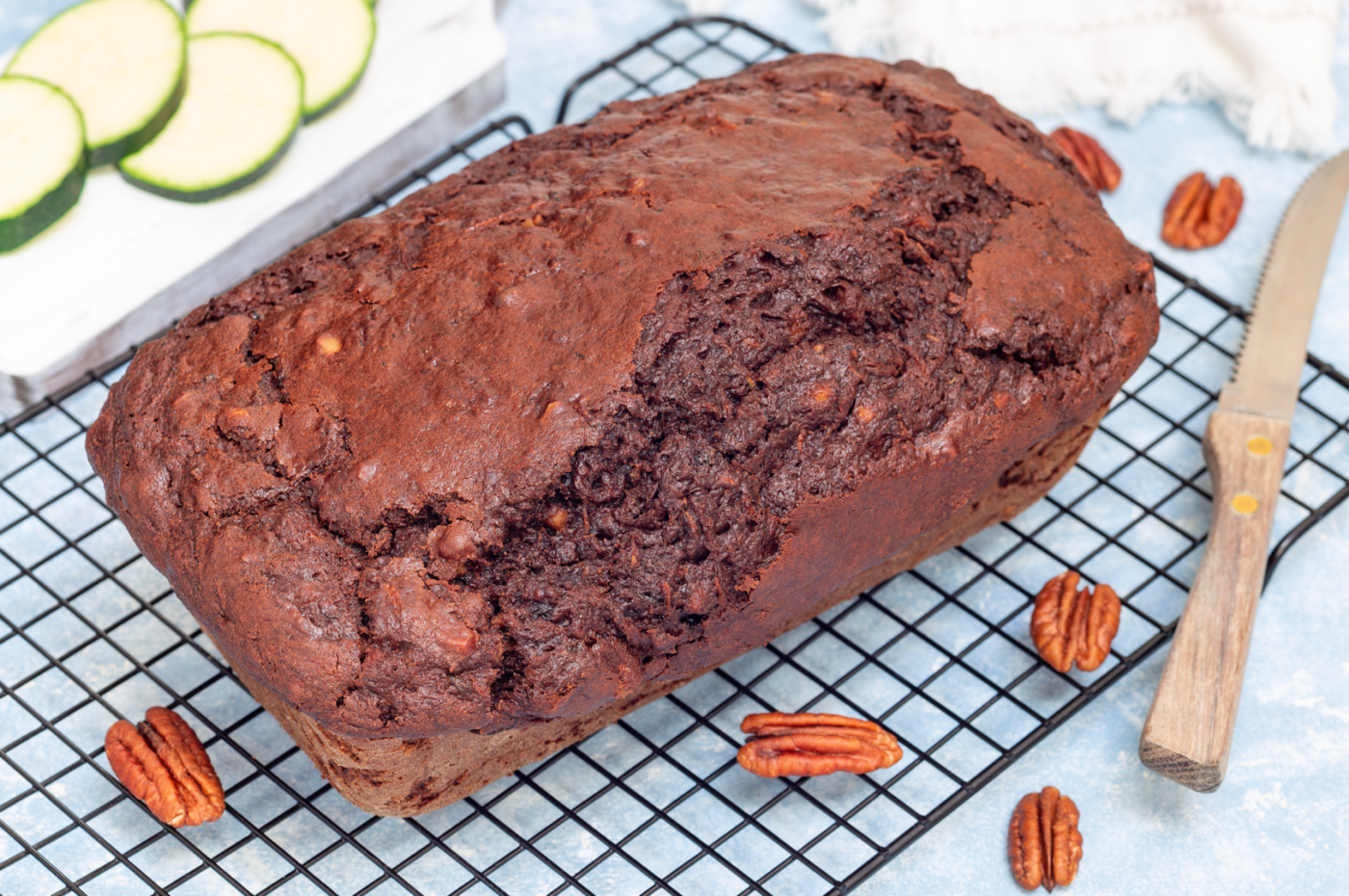Read More: History of Zucchini Bread
The Rise of Zucchini in American Gardens
To understand the history of zucchini bread, we must first consider the history of zucchini itself. Zucchini, a type of summer squash, is a cultivar of Cucurbita pepo, a species that originated in the Americas. While squash has been cultivated in the Americas for thousands of years, zucchini as we know it today was developed in Italy in the late 19th and early 20th centuries.
Italian immigrants are believed to have brought zucchini to the United States in the early 20th century. It was initially grown in California and gradually gained popularity across the country. By the mid-20th century, zucchini had become a common crop in American home gardens, prized for its versatility and prolific nature.
The “Quick Bread” Revolution
The development of chemical leavening agents, such as baking powder and baking soda, in the 19th century revolutionized baking. These leaveners allowed for the creation of “quick breads” – breads that could be made quickly and easily without the need for yeast and lengthy rising times. This innovation paved the way for a wide array of new baked goods, including cakes, muffins, and loaves like zucchini bread.
A Solution to the Zucchini Surplus
As zucchini cultivation became more widespread in the mid-20th century, home gardeners often found themselves with an overwhelming abundance of this prolific squash. Anyone who has grown zucchini knows that a few plants can produce a seemingly endless supply of fruit throughout the summer.
This abundance created a need for creative ways to use up the surplus. While zucchini could be sauteed, grilled, or added to soups and stews, a sweet solution was needed to handle the sheer volume coming out of gardens. Zucchini bread emerged as the perfect answer.
Early Recipes and the Evolution of Zucchini Bread
The exact origin of the first zucchini bread recipe is unknown. It’s likely that home cooks began experimenting with adding grated zucchini to their favorite quick bread recipes sometime in the 1930s or 1940s.
Early recipes for zucchini bread may have been inspired by other vegetable-based baked goods, such as carrot cake or pumpkin bread, which had longer histories. These early versions were probably simple, often featuring basic ingredients like flour, sugar, eggs, oil, and spices, along with the grated zucchini.
By the 1960s and 1970s, zucchini bread recipes began appearing more frequently in community cookbooks and women’s magazines. These recipes often included variations with nuts (like walnuts or pecans), spices (like cinnamon and nutmeg), and sometimes even additions like chocolate chips or raisins.
Zucchini Bread’s Rise to Popularity
Several factors contributed to rise in popularity during the latter half of the 20th century:
- The Back-to-the-Land Movement: The 1960s and 1970s saw a renewed interest in home gardening, natural foods, and self-sufficiency. Zucchini bread, made with fresh, homegrown produce, fit perfectly into this ethos.
- Increased Health Consciousness: As people became more aware of nutrition and healthy eating, zucchini bread was perceived as a slightly healthier alternative to other baked goods, thanks to the inclusion of vegetables.
- Ease of Preparation: Zucchini bread is relatively easy to make, even for novice bakers. The quick bread method requires no yeast or complicated techniques, making it an accessible recipe for busy home cooks.
- Versatility: Zucchini bread can be adapted to suit different tastes and preferences. From classic cinnamon-nut to more adventurous variations, the recipe lends itself well to experimentation.
Zucchini Bread Today: A Modern Classic
Today, zucchini bread remains a beloved treat enjoyed across the United States and beyond. It’s a staple at bake sales, potlucks, and farmers’ markets. Countless variations of the recipe can be found online and in cookbooks, reflecting the enduring appeal of this simple yet satisfying quick bread.
Modern variations might include:
- Chocolate Chip Zucchini Bread: A popular twist, adding chocolate chips for extra sweetness and flavor.
- Lemon Zucchini Bread: Incorporating lemon zest and juice for a bright, citrusy flavor.
- Savory Zucchini Bread: Adding cheese, herbs, and spices for a savory version that can be served as a side dish or appetizer.
- Gluten-Free Zucchini Bread: Using gluten-free flour blends to accommodate dietary restrictions.
Conclusion
The history of zucchini bread is a relatively short but sweet one. It’s a story of resourcefulness, adaptation, and the simple pleasure of transforming an abundant garden harvest into a delicious treat. From its humble beginnings as a way to use up surplus zucchini to its current status as a beloved quick bread, zucchini bread’s journey reflects the changing landscape of American food culture in the 20th and 21st centuries. As long as gardens continue to produce bountiful zucchini, this moist and flavorful bread will undoubtedly remain a favorite for generations to come.


Comments